
...
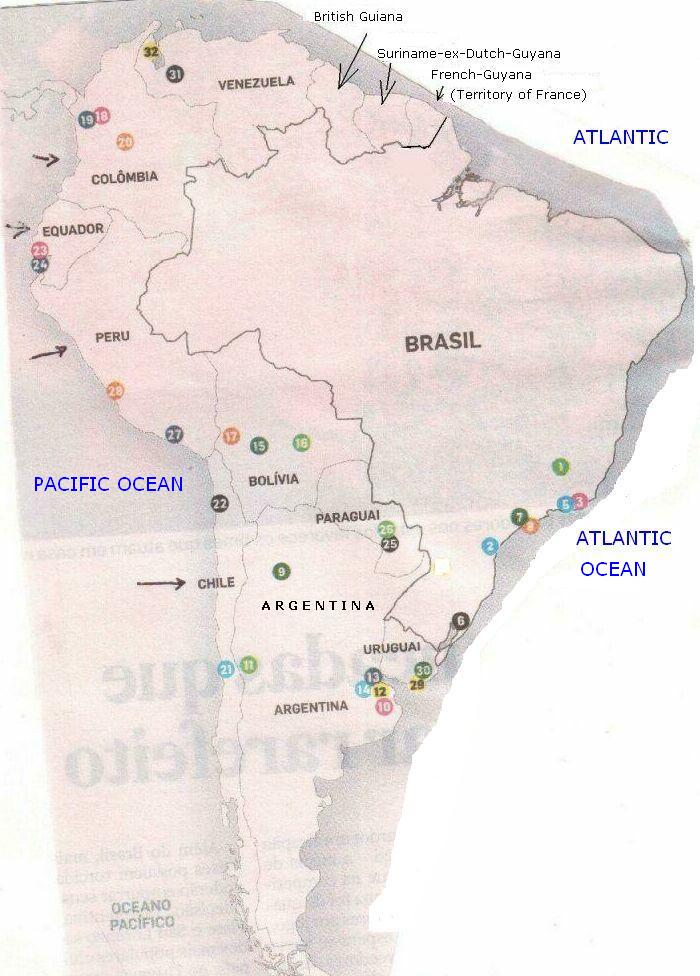
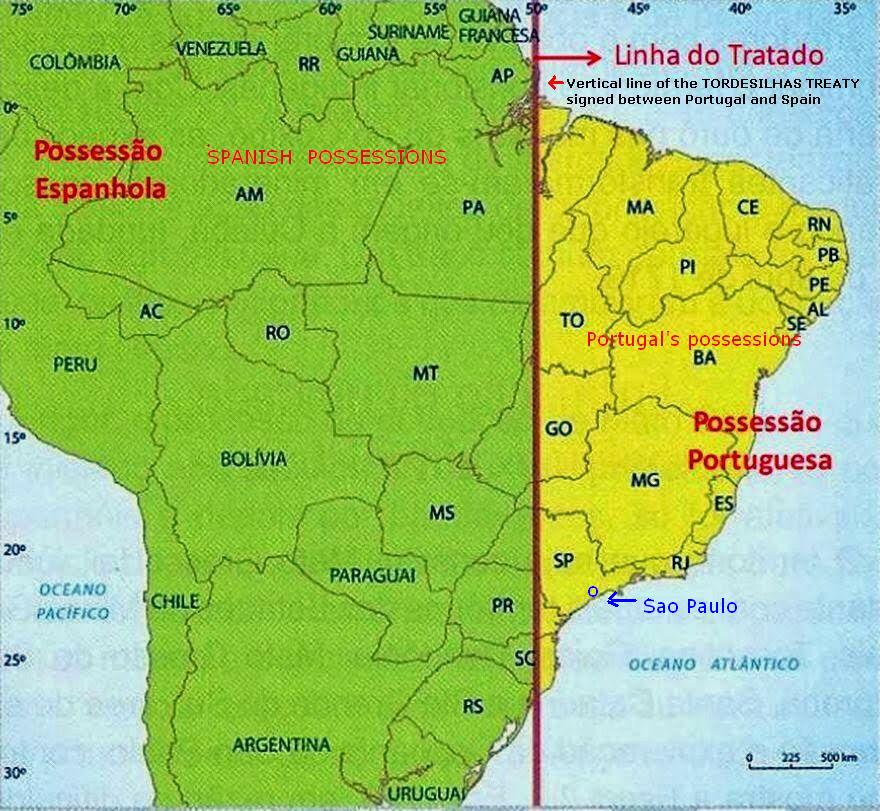

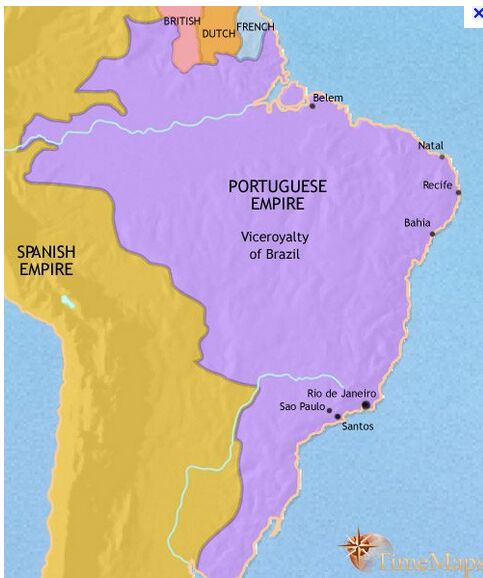


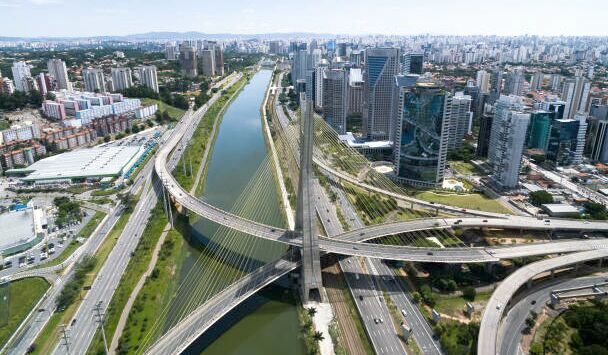
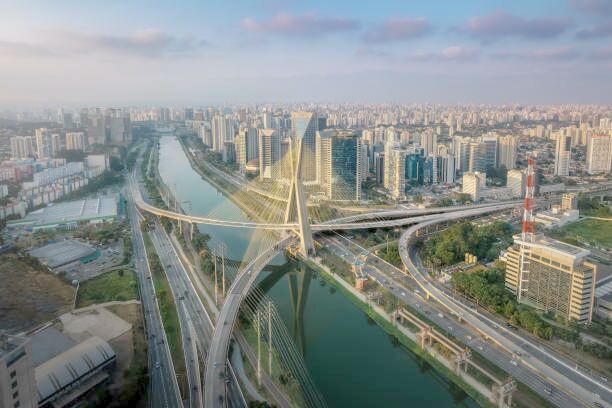
|
The Dutch invasions
into Brazil The Dutch invasions were military expeditions organized by the Dutch to occupy the Brazilian Northeast in the first half of the 17th century. The motivation of this invasion is directly related to the Iberian Union and relations diplomats from three nations: Portugal, Spain and the Netherlands. The Dutch conquered the captaincy of Pernambuco in 1630, and established a Dutch colony that existed until 1654, when the Portuguese They managed to expel the Dutch and retake the region. The highlight of the colony. The Dutch period occurred between 1637 and 1643, when Maurício de Nassau governed the region. The Dutch invasions in Brazil have a direct relationship with the Iberian Union, event that began in 1580, when the Portuguese king Henry I passed away and, as he had no direct heirs to the throne of Portugal, a crisis of succession began. Three names proclaimed right to the Portuguese throne, one of them being Philip II of Spain - the Spanish king. Using his military strength, Philip II managed to impose himself and assumed the throne of Portugal. Thus, the Spanish king had the two crowns unified. Portugal's possessions then became Spanish possessions. This, in addition to bringing about rearrangements in the diplomatic issues of both countries, also strongly influenced Portuguese foreign policy. At the end of the 16th century, the main economic activity carried out by Portuguese in Brazil was sugar production. This activity developed through Dutch financing and, in addition, sugar refining and its distribution in Europe were made by the Dutch. There was, therefore, an important economic partnership between the Portuguese and Dutchmen. However, at the end of that century, the Dutch and Spanish were fighting the War of Eighty years. The region of Holland was dominated by the dynasty that reigned in Spain: the Habsburgs. The Dutch set out in search of independence, which would be guaranteed through of the expulsion of the Habsburgs from their territory. Within this context, it was natural that the Dutch were expelled from the sugar business, as the possessions Portuguese were under the rule of the Spanish. The Dutch invasion of Pernambuco transformed the city of Recife into the capital of Dutch colony.[1] As the Dutch lost their share of the lucrative sugar business, they decided to mobilize to respond to the Spanish. Therefore, in 1595, they attacked and plundered Portuguese ports in Africa and, in 1604, they attacked the city of Salvador with the intention of conquer it, but they failed. From 1609 onward, the Dutch signed a truce in the war against the Spanish and this situation remained until 1621. This period of truce, however, served only as preparation for the Dutch could take control of the sugar business for themselves. In 1621, The WIC - "West-Indische Compagnie" was founded, with acronym WIC, (in Dutch), a company whose objective was to control the trade of slaves in Africa and sugar in Brazil. With the end of the truce, the war between Holland and Spain resumed, and the Dutch turned against Brazil. There was a first attack against Salvador, in Bahia, in 1624. The Dutch conquered the capital of Brazil after hours of battle, but they never managed to go beyond the city of Salvador, as resistance local against the Dutch was a lot. The Dutch stayed in Salvador until mid-1625, when they were expelled because of the reconquest of the city of Bahia with the help of 12 thousand men sent by the Spanish. Expelled, the Dutch continued to act against Spain through privateering attacks. In one of them, the The city of Salvador was sacked in 1627. The following year, the Dutch plundered a Spanish fleet, surrendering a considerable fortune. This money was used to prepare the squadron that attacked Pernambuco in1630. The German military man, Maurício de Nassau, held the position of governor-general of the Dutch colony from 1637 to 1643. In 1630, around seven thousand men were sent in a squadron organized by the WIC (West-Indische Compagnie). The attack was carried out against Olinda, the capital of the province of Pernambuco. On February 14, 1630, the Dutch conquered the city and, soon after, they then transferred the capital to Recife, considered a more appropriate location to mount defenses against invaders. From this point onward, the Dutch managed to establish a colony in Northeast Brazil and tried to expand it quickly. The phase from 1630 to 1637 is precisely the moment when the Dutch managed to take control of territories that extended from Ceará to the banks of the São Francisco River. The second phase of the Dutch colony is the most expressive and marked the peak of Dutch presence in Brazil. The second phase of the Dutch colony is the most expressive and marked the peak of Dutch presence in Brazil. This phase lasted from 1637 to 1643 and remained marked by the presence of João Maurício de Nassau, a German soldier who was invited by the WIC (West-Indische Compagnie) to be the governor-general of the colony, Dutch in Brazil. Maurício de Nassau sought to recover the local economy through the reactivation of abandoned mills. These devices were resold to interested parties to reassemble them in the region. Furthermore, Nassau sought to carry out structural reforms in Recife, building bridges, widening streets, trying to keep the city clean, prohibiting pollution from tributaries close to the city. Nassau also had a great appreciation for artists and scientists, as a result of his humanist training, and encouraged many people to come to Brazil. One of the major problems affecting the Brazilian colony was the high price of food. To get around this, Nassau sought to force all those who owned slaves to plant a certain amount of cassava. This measure was not successful expected. From 1640 onward, the WIC began to face serious financial problems, which shook the financial health of the Dutch colony and damaged the relationship between Nassau with the directors of that company. The tightening of Dutch conditions regarding loans granted to the owners of local mills created their discontent with the Dutchmen. This strengthened the circulation of ideas that defended the return of the Portuguese. From 1640 onward, the Portuguese went through the Restoration, beginning the dynasty of the House of Bragança. The return of the Portuguese to the throne of Portugal also contributed to ideas of reconquest of the Northeast were conveyed. Portugal ended up starting to preparations, and a war was started from 1645: from the Wars Brasilicas. The Dutch lost strength due to WIC's financial problems (West-Indische Compagnie) and became even worse when Nassau returned to Netherlands. The Dutch suffered significant defeats at Guararapes, in the battle of 1648 and in the battle of 1649. From 1652, Holland went to war with England and, thus, the few resources that went to the Northeast were reduced Even more. Unable to sustain and protect itself, the Dutch colony was reconquered by the Portuguese when Recife was surrounded and invaded in 1654. The Dutch also lost the squares they had taken from the Portuguese in Africa. ---------- |